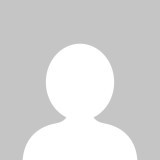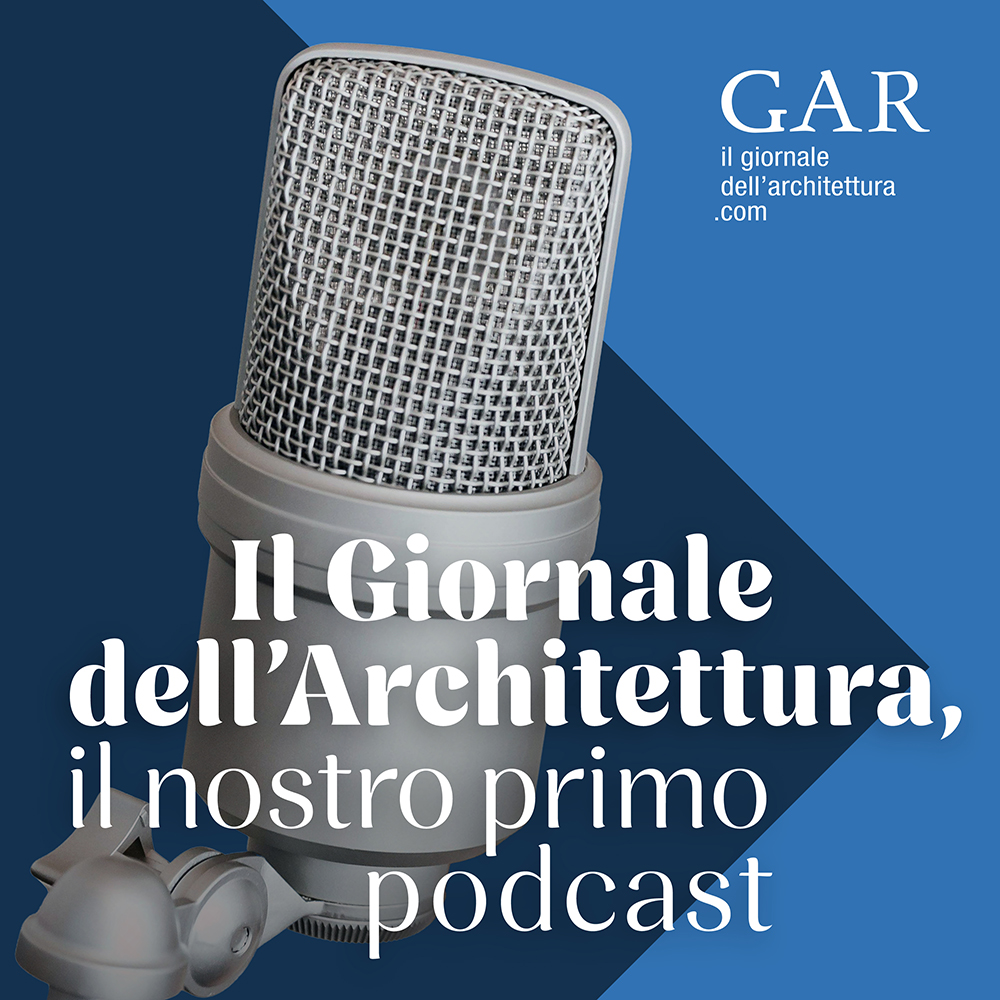When walking through Chinese cities, one of their most graspable urban feature is the large number of ‘mega’ walled residential compounds, often separated by big roads and featuring their own private internal network system. These gated communities, beyond privacy and security reasons, reflect China’s unique cultural tradition of waling and gating, and its people fortress mentality. Unlike the West, where gated communities are a recent phenomenon associated with higher socioeconomic status, in Chinese residential history, different types of enclosed living patterns have been experienced and accepted by the nation’s people. In China the practice of bounding is the ‘norm’, people from almost all social classes lived and are still living in bounded neighborhoods.
But recently these gated communities have been at the center of an intense debate. The multiple problems Chinese cities are facing (in particular traffic jam and pollution), forced China’s Central Urban Work Conference to meet, on December 2015, for the first time in thirty seven years (as the last such a meeting was held in 1978, when China’s cities were home to less than 20% of its urban population, which is today about 57%). During the historical meeting, a new set of urbanization guidelines have been delivered on February 21st, 2016 indicating how cities will function and appear. In the new outlines, the government urges for the creation of more livable, greener and sustainable cities, in which residential areas should promote a ‘street-block system’ with the hope to alleviate traffic congestion and make a more efficient use of urban land. More specifically, it states that “in principle, no more enclosed residential compounds will be built. And existing residential compounds will gradually have their interior streets integrated into public road network”.
The proposal has raised unsurprisingly a strong debate and dissent from the public (according to China Daily, an online poll of some 20,000 participants on the news portal Sina.com showed that about 75 percent did not support opening up the gated communities, and only about 18 percent chose to support), as well as criticism from legal experts, who have suggested that the policy might contravene China’s Property Right Law, which has been issued in 2007 representing perhaps one of the most profound legal change since the foundation of the People’s Republic of China: “roads and other public areas and facilities within a building zone are jointly owned by owners, with the exception of the public roads belonging to a city ownership”.
Although the new controversial directive seems to be in line with the dream of the Chinese President Xi Jinping, whom beyond the anti-corruption campaign, is willing to build a moderately prosperous and fairer society, the existence of the walls is the manifestation of psychological barriers. Besides their presence as a physical entity dividing the territory into individual urban cells, the borders carry meanings for people’s identities and daily lives. The new urbanization guidelines play in with the global “trend” of ecological development, but in the case of China, encouraging openness and diversity through the elaboration of an original urban approach that is the result of China’s unique reality, is perhaps the better choice than forcibly tearing down the walls. To solve the problem of traffic jams and congestion, social segregation and stratification, more efforts and strong strategies are needed.
Hence, it seems that the possible implementation of the new questionable guideline to open-up the gated communities, will encounter various challenges, and a sharp opposition from the homeowners which have put almost all their life savings into buying such properties, which seem to provide a certain degree of social security in a more chaotic and conflicted urban environment like the Chinese one, in which the feeling of insecurity increased especially with the transition from a collective society to one dominated by the market forces in which the average Chinese saw all the taken for granted subsidies, offered by the danwei, being washed away.
Cover picture: A man walks past a wall at a construction site for a new residential compound at the Binhai new district in
Tianjin, China, Oct. 18, 2015 (Source: ibtimes.com)






























